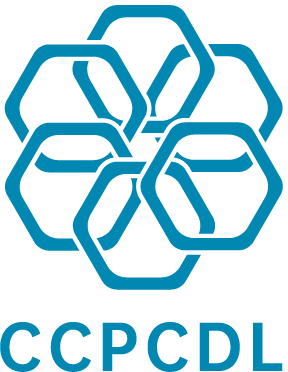Cloud Computing
· Cloud and grid computing for big data
· Cloud Application Architectures
· Cloud Application Scalability and Availability
· Cloud Applications Performance and Monitoring
· Cloud computing and semantic web technologies
· Cloud Computing Architecture and Systems
· Cloud Computing Models, Simulations, Designs, and Paradigms
· Cloud Computing Technologies, Services and Applications
· Cloud Middleware Frameworks
· Cloud Optimization and Automation
· Cloud Resource Virtualization and Composition
· Distributed, and Peer-to-peer Search
· Infrastructure and platform for smart computing
· Models and tools for smart computing




